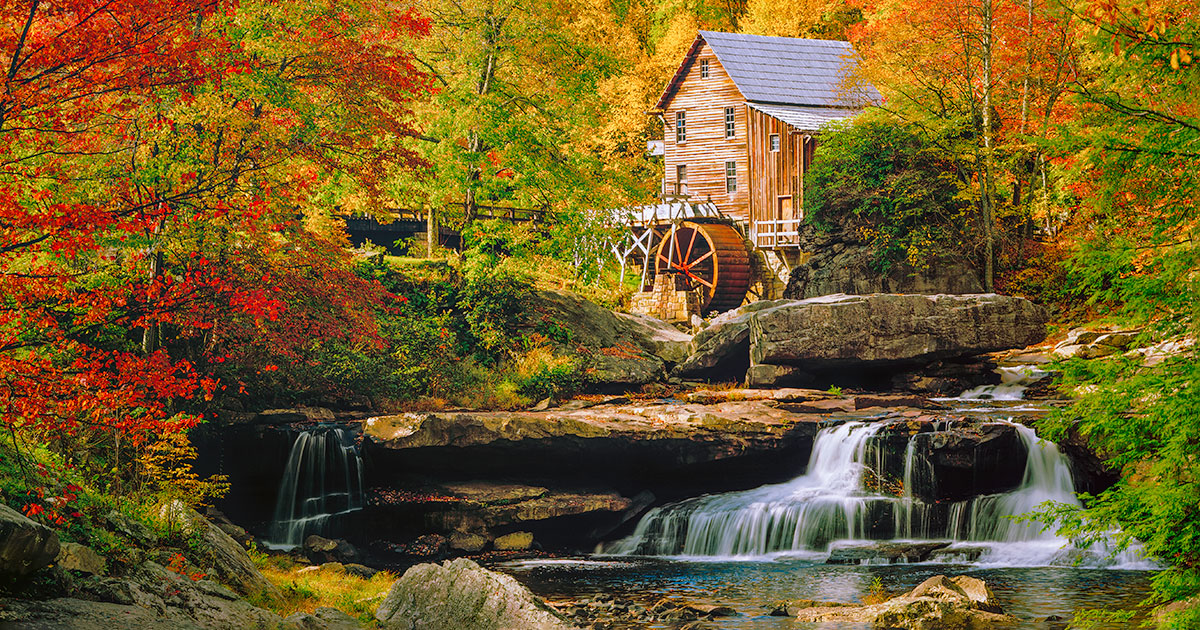
Riparian rights are a bundle of water rights related to the ownership of land adjacent to surface water. The word
riparian means “belonging to the riverbank.” In a 19th-century case,
Tyler v. Wilkinson, 24 F. Cas. 472, 475 (C.C.D. R.I. 1827),the court granted property owners the right to reasonable use of the water that flowed through their property. However, property owners are restricted if withdrawal would impede the natural flow of a stream or riverbed, and owners cannot remove water from the watershed if doing so would diminish the quality or quantity of the water. “Reasonable use” is also not to be confused with “beneficial use,” a term applied to appropriative rights in western states. Riparian law primarily applies to states east of the Mississippi, where water is relatively plentiful – Wisconsin is a primary example – but also has a role in the western United States.
Words and terms that might be helpful when doing keyword searches to locate riparian case law include the following:
Navigable waters, watercourse, waterways, diffused surface waters, wetlands, bogs, marshes, wetland conservation, constructed wetlands, riparian area, dams, mills, streams, flowage rights, piers, wharves, canals, channels, easement of water, prescriptive rights, prescriptive doctrine, adverse users.
Secondary Resources
Some water law treatises provide overviews of riparian rights.
Waters and Water Rights is a five-volume treatise by Robert E. Beck. The chapter on riparianism is in part II of volume 1. Digital and print copies of this treatise are available at the Wisconsin State Law Library. The digital copy is on Lexis+.
Law of Water Rights and Resources by Anthony Dan Tarlock and Jason Anthony Robinson is available on WestlawEdge. Chapter three of this set covers riparianism. (The treatise is not available on Thomson Reuter’s Westlaw Campus Research,a West product that is available through the campus libraries system at the UW-Madison campus.)
Wisconsin Water Law in the 21st Century: Understanding Water Rights and Regulations by Paul G. Kent. Kent covers riparian law and regulation in separate sections of the book. An overview of riparian law is in section 1.03. Section 2.02 covers riparian rights to a pier, section 3.01 covers dams and flowages, and section 7.01 covers the history of protecting water quality and reasonable-use standards. The index at the back of the book helps users locate sections covering specific water law topics.
Water Law in a Nutshell (West Publishing) is available at all Wisconsin law libraries. The UW Law Library has the sixth edition, published in 2021. Chapter two covers the riparian rights system.
Riparian Rights in Wisconsin: Brief on the Nature and Scope of Riparian Rights in Wisconsin and Limitations Thereon Growing Out of the Public Nature of the Water is available for free on Google books. The brief was written by Eugene Allen Gilmore and first published in 1910.
“Riparian Law” is available as a subject search in HeinOnline’s “Subject Compilation of State Laws” database. The database can be accessed at the Wisconsin State Law Library using a library card. HeinOnline is also available at the UW Law Library and at the Ray & Kay Eckstein Law Library at Marquette University Law School. The subject compilation provides articles on state laws of riparianism.
Wisconsin-Specific Resources
Many resources on riparian law are specific to Wisconsin.
 Genevieve Zook is the reference & instructional services librarian at the
U.W. Law Library. She is currently chair of the Public Relations Committee and past president of the Law Librarians Association of Wisconsin, a chapter of the American Association of Law Libraries.
Genevieve Zook is the reference & instructional services librarian at the
U.W. Law Library. She is currently chair of the Public Relations Committee and past president of the Law Librarians Association of Wisconsin, a chapter of the American Association of Law Libraries.
A Basic Guide to Water Rights in Wisconsin, a pamphlet compiled by Richard C. Sheerar and published in 1971, contains a comparison of riparian versus appropriation doctrine in table form.
Table 1. Summary Comparison of Riparian and Appropriation Doctrine, page 18. The laws are out of date but the table provides a visually appealing summary of these two doctrines. The book is available on the HathiTrust database, a collection of historical titles online. The database can be accessed at the Wisconsin State Law Library with a State Law Library card. Hathitrust also is available at the UW Law Library and the Ray & Kay Eckstein Law Library at Marquette University Law School.
An article on prescriptive rights in Wisconsin, Richard S. Harnsberger,
Prescriptive Water Rights in Wisconsin, 1961 Wis. L. Rev. 47, can be accessed through the UW Law School’s Digital Repository,
https://repository.law.wisc.edu/s/uwlaw/ark:/86871/w124515r.
Laws. Several Wisconsin statutes are relevant to riparian law. See, for example, the following:
Wis. Stat. chapter 30 – Navigable Waters, Harbors and Navigation;
Wis. Stat. chapter 31 – Regulation of Dams and Bridges Affecting Navigable Waters;
Wis. Stat. section 31.05 – Applications for permits to construct [dams]
Wis. Stat. sections 94.26-.32 – Cranberry culture, bogs, and maintenance of dams;
Wis. Stat. chapter 281, Water and Sewage; and
Wis. Stat. section 893.28 – Prescriptive rights by adverse user.
Wisconsin Regulations and the Permit Process. The Wisconsin Department of Natural Resources (DNR) provides information on laws, regulations, and permit processes. See, for example, the following:
The DNR also regulates cranberry bogs, dams, and wharves and piers.
Federal Laws and Regulations
Title 33 of the U.S. Code, Navigation and Navigable Waters, contains hundreds of statutes on topics such as navigation rules for harbors, rivers, and the Great Lakes and flood control, among many others. 43 U.S.C. § 994, Sale of lands in Wisconsin,applies to “those lands situated in … Wisconsin [that] were originally erroneously meandered and shown upon the official plats as water-covered areas” and gives the Secretary of the U.S. Department of the Interior the authority to sell such lands.
The U.S. Department of Agriculture (USDA) regulates riparian agricultural buffer zones.
See generally Nat. Res. Conservation Serv., Wis., USDA,
www.nrcs.usda.gov/conservation-basics/conservation-by-state/wisconsin.
» Cite this article:
95 Wis. Law. 51-52 (November 2022).
